Planning a workforce can be difficult. Some of the biggest and fastest changes to the workplace have occurred in the last two years. Given all of the uncertainty around working from home versus going back to the office, To position themselves for the upcoming upturn, however, businesses still need to get ready for the future. Delaying hiring for an extended period of time may hinder future performance and provide rivals an advantage. Uncertainty persists even though we have a plan to exit lockdown and the vaccination deployment is proceeding at a rapid rate. We examine how proactive hiring and strategic workforce planning may support HR and talent teams in identifying and bringing on board the best candidates for the future.
Strategic workforce planning: what is it?
In order for an organisation to achieve its mission, goals, and strategic plan, workforce planning includes assessing the current workforce, estimating future workforce needs, establishing the gap between your current workforce and your future needs, and putting solutions in place. Although breaking down workforce planning into a set of steps is useful, it's equally critical to recognise that it's an iterative process rather than a strictly linear one.
Workforce Forecasting & Strategies
Before jumping into job postings, take a moment to zoom out, what will your business need next quarter? Or even next year? That’s where workforce planning comes in. It’s about thinking ahead, not just filling roles as they pop up. This process starts with understanding your company’s direction: are you launching new products, entering fresh markets, or simply scaling operations? Then, it’s about mapping out the people power you’ll need to get there. HR teams today lean on data, past hiring patterns, and performance trends to build a hiring roadmap that’s in sync with business goals. When you hire with foresight, you stay a step ahead. It helps reduce last-minute scrambling, brings down costs, and positions your brand as a top choice for skilled candidates, long before the competition even starts looking.
Talent Acquisition and Candidate Sourcing: Finding the Right Fit
Talent acquisition is more than filling vacancies, it’s about shaping your culture and future. Modern hiring means knowing where and how to find great people. Think beyond job portals and get into LinkedIn recruiting, niche industry boards and even passive talent (those not actively looking but open to the right pitch). Your employer brand, how the world sees your workplace, plays a key role in attracting candidates. A strong Glassdoor rating, updated career pages, and professional social presence build trust before the first conversation. Great candidates do their research and make sure what they find impresses them.
Interviewing Techniques and Hiring Best Practices
Good interviews aren’t about confusing or difficult questions. They’re about finding someone who fits well with the team, can do the job, and can grow with the company. Ask practical questions, give small tasks related to the role, and keep the interview process clear and easy to follow. Hiring the right way also means being honest, respectful, and fair. Don’t let personal bias get in the way, explain what will happen during the process, and always give feedback on time. Most of all, treat every candidate like a potential teammate because the way you hire says a lot about your company. And yes, people do notice.
Conclusion: Great Teams Don’t Happen by Accident
Finally, hiring is about vision, not only a vacancy. You’re not just filling seats; you’re building a team that represents your company’s mission, energy, and future.
By investing in strategic workforce planning, mastering the art of talent acquisition, and refining your interviewing process, you lay the foundation for teams that don’t just work well, they work wonders. So the next time you're reviewing resumes or planning next quarter’s hires, remember: you’re not just recruiting. You’re shaping what your company becomes tomorrow. Make every hire count.

 Wanna stay updated about courses
Wanna stay updated about courses